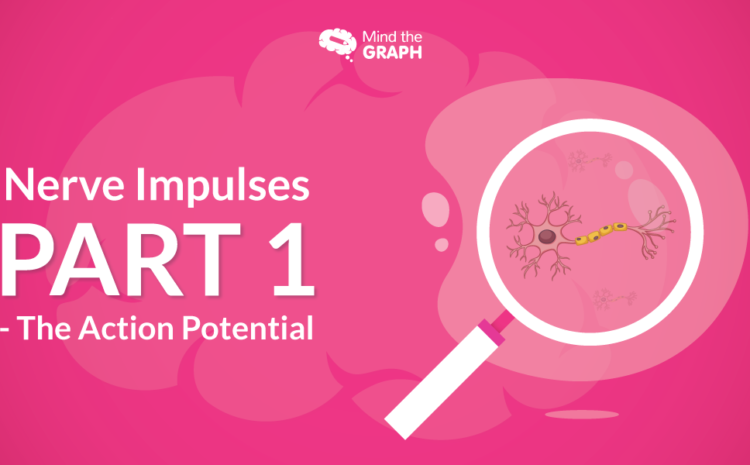Dionaea muscipula popularly known as Venus Flytrap is a carnivorous plant that traps its prey through modified leaves. The mechanism of action includes the swift movement of the leaf when the small prey comes in contact with it. It shuts immediately for a later digestion process. The leaf of the Venus flytrap consists of touch-sensitive hair or trigger hair that helps in signaling for trapping through sodium-activated action potential.

The action potential is a means of cell signaling that takes place when the positively charged ions enter the cells causing an electrical environment in the cell membrane to rapidly change to reach the threshold limit. This in turn sends electrical signals to the other cell for an active response.
The signal is so quick that it traps the prey within a few seconds.
The prey is digested by enzymes released by glands on the leaf’s lining. The required nutrients are absorbed by the plant in order to continue the action.
The reason, observation and experimentation:
Just like the human brain responsible for voltage changes in particular regions emerging as electrical activity in the form of action potentials that travel through nerve cells. These activities can be estimated using techniques like magnetoencephalography, electroencephalography, and magnetic resonance imaging to analyze potential disorders and their diagnosis.
A group of interdisciplinary researchers exhibited the unique magnetic activity of the Venus flytrap in association with its electrical signaling in a similar way as the humans.
The Venus flytrap mechanism is also based on the action potential that results in electrical signals in the system.

The Venus Flytrap action potential can be triggered by heat, cold, water content, and other mechanical or environmental factors. The researchers used heat to induce action potential to measure the magnetic field since they noticed that the temperature affected the amplitude of the action potential.
They used atomic magnetometers to measure the biomagnetism associated with electric activity. The sensors used were glass cells which were filled with vapors of alkali atoms that responded to the changes in the biomagnetic activity.
The magnetometers require a magnetic shielded environment to carry out the measurement. This is a precautionary step in order to just measure the magnetic activity of the multicellular plant. This tool is very effective and preferred to superconducting quantum interface device magnetometers (SQID) since they can be miniaturized for optimal spatial resolution for measurement of the data.
The recorded magnetic signal of the Venus flytrap by the researchers was about the amplitude of 0.5 picotesla which is way weaker than the earth’s magnetic field.
This could conclude the usefulness of the biomagnetic activity which could help in the noninvasive technique for detection of stress.
Crop improvement is the ultimate goal for fixing the effects caused due to environmental factors such as temperature changes, chemical action, and also the herbivorous or insect attack by detection of the electromagnetic feedback. Kudos to the team on the finding of the molecular basis of biomagnetism in plants.
To know more about their research, check out the reference given below, and to read more about the action potential click here.

Subscribe to our newsletter
Exclusive high quality content about effective visual
communication in science.





